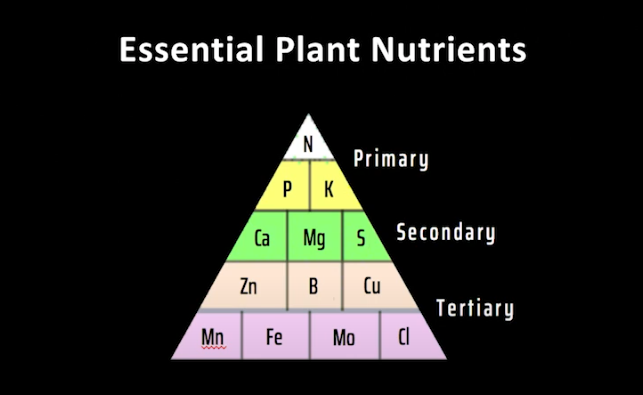
Agronomy is the science and economics of producing and using plants for food, fuel, and other products. The field encompasses a wide range of disciplines, including plant breeding, soil science, entomology, and meteorology. It is a complex and multifaceted field, requiring a holistic approach to solving agricultural problems.
One of the major challenges facing agronomists is the management of plant diseases and pests. These can cause significant crop losses and negatively impact the economic viability of farms. There are many different types of plant diseases and predators, each requiring a unique approach for control.
One common type of plant disease is caused by pathogens, such as bacteria, viruses, and fungi. These pathogens can infect plants at different stages of their life cycle, causing damage to leaves, stems, roots, and fruit. In order to control these diseases, agronomists use a variety of chemical and biological methods, such as fungicides and biopesticides.
Another type of plant pest is insects, which can cause damage to leaves, stems, and fruit. Agronomists use a variety of insecticides to control these pests. However, the overuse of chemical insecticides can lead to the development of resistance in insect populations, making them less effective over time. As a result, agronomists are increasingly turning to biological control methods, such as the use of natural predators to control insect populations.
Weeds also pose a significant challenge to agronomists. They can compete with crops for resources, such as water and nutrients, and can also harbor pests and diseases. Agronomists use a variety of methods to control weeds, including mechanical methods, such as tilling, and chemical methods, such as herbicides. We dont want to be cognitively biased and categorically dismiss all herbicides, that is a management intervention that targets a particular herb by slaying them, but we do really want to avoid synthetic manufactured chemical herbicides at all costs, as they destroy soil biology around the edges of the life they target.
To manage these challenges, agronomists use a variety of tools and techniques to intervene at key moments in the plant’s life cycle. For example, they may use precision agriculture techniques, such as the use of drones and sensors, to monitor crop growth and identify areas of stress. They may also use plant breeding techniques to develop crop varieties that are more resistant to diseases and pests.
In addition to these technical solutions, agronomists must also consider the economic and social aspects of agricultural production. For example, they must consider the cost of inputs, such as seed, fertilizer, and pesticides, as well as the price that farmers can receive for their crops. They must also consider the impact of agricultural production on the environment, such as the loss of biodiversity and the pollution of water resources.
To address these complex challenges, agronomists must take a multifaceted approach that integrates technical, economic, and social solutions. This requires collaboration between scientists, farmers, policymakers, and other stakeholders. Together, they can develop sustainable solutions that balance the need to produce food, fuel, and other products with the need to protect the environment and support rural communities.
In conclusion, Agronomy is a complex field that requires a multifaceted approach to solving agricultural problems. Plant diseases and predators are major challenges that need to be addressed by using chemical and biological formulations. Agronomists use a variety of tools and techniques to intervene at key moments of the plant’s life cycle. They also need to consider the economic and social aspects of agricultural production and the environmental impact of agricultural production. It is only through collaboration between scientists, farmers, policymakers, and other stakeholders that sustainable solutions can be developed to balance the need to produce food, fuel, and other products while protecting the environment and supporting rural communities.